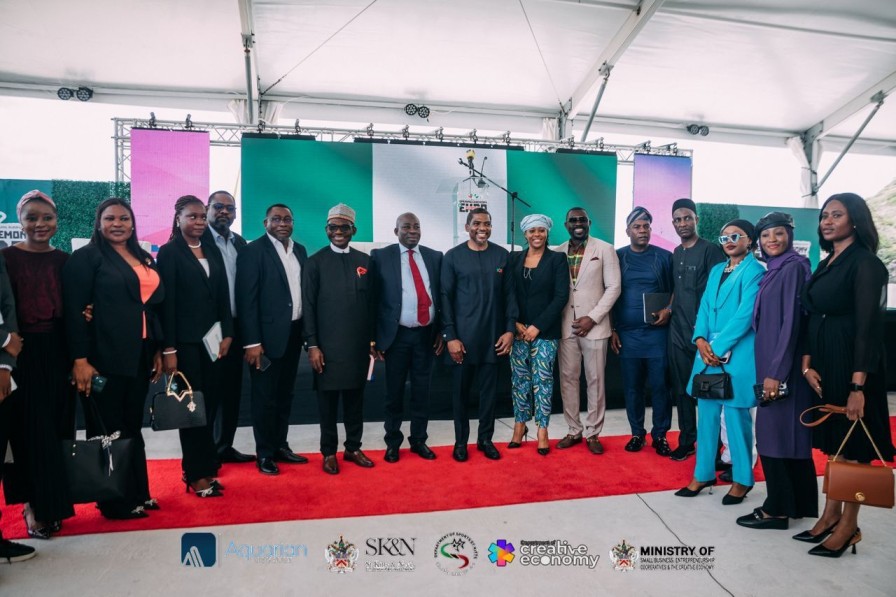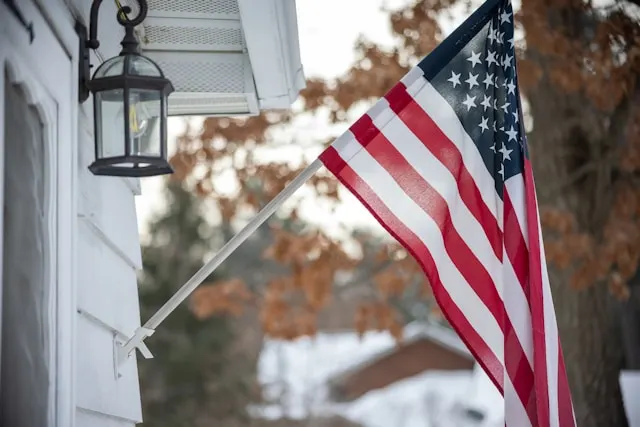PROTECT YOUR DNA WITH QUANTUM TECHNOLOGY
Orgo-Life the new way to the future Advertising by AdpathwayOfficial data from Brazil’s Ministry of Education and the Brazilian Institute of Geography and Statistics (IBGE) reveal a mixed picture for the country’s education system in 2024.
While the nation has achieved near-universal enrollment for children aged 6 to 14, with 99.5% attending school, the story changes for older students and adults.
Only 56% of Brazilians aged 25 or older have finished high school, and just 20.5% hold a university degree. These figures highlight a system where access has improved, but completion and learning outcomes remain weak.
The country’s average adult has 10.1 years of schooling, up from 9.1 years in 2016. However, this still trails developed economies, where the average is over 13 years.
Illiteracy persists, affecting 5.3% of Brazilians aged 15 or older, or about 9.1 million people. Regional and racial disparities are stark: the Northeast’s illiteracy rate stands at 11.7%, compared to under 3% in the South and Southeast.
 Brazil’s Education System: Progress, Persistent Gaps, and the Economic Stakes. (Photo Internet reproduction)
Brazil’s Education System: Progress, Persistent Gaps, and the Economic Stakes. (Photo Internet reproduction)Black and brown Brazilians face higher rates of illiteracy and, on average, complete 1.7 fewer years of school than white peers.
Brazil’s Education Gaps Threaten Long-Term Growth
International benchmarks show Brazil lagging behind. In the 2022 PISA assessment, Brazilian 15-year-olds ranked 64th in math, 53rd in reading, and 61st in science out of 81 countries.
Less than half reached basic proficiency in math and science, placing Brazil four years behind the OECD average. Other Latin American countries, including Chile and Mexico, outperformed Brazil in these tests.
Investment remains a core issue. Brazil spends $3,668 per primary student each year, far below the OECD average of $11,914. Spending per secondary student is $4,058, compared to $12,713 in the OECD.
While public universities are tuition-free and highly competitive, private institutions account for most enrollments and rely on government scholarships to support low-income students.
Full-time education has expanded, integrating over 1.4 million students in two years. Yet, youth and adult education programs lost 200,000 enrollments in 2024, reaching historic lows.
Nearly half of adults over 25 have not finished high school, and the need to work remains a leading cause for dropping out. These realities matter for Brazil’s economic future.
Higher education correlates with higher income, and the country’s ability to compete globally depends on better educational outcomes. Without more investment and targeted reforms, Brazil risks leaving millions behind and undermining its growth prospects.


 3 weeks ago
6
3 weeks ago
6










 English (US) ·
English (US) ·  French (CA) ·
French (CA) ·  French (FR) ·
French (FR) ·